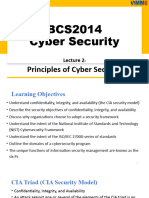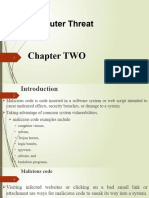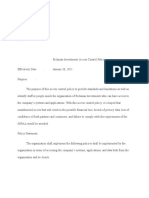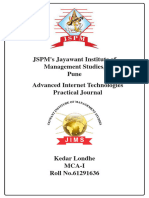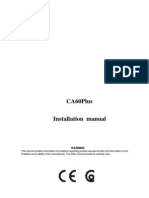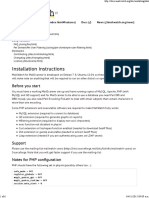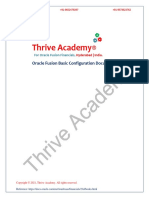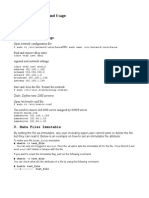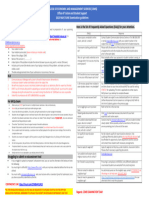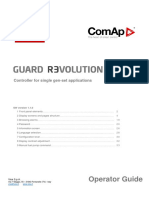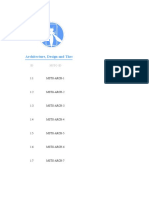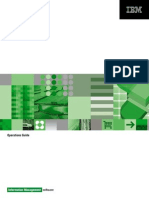0% found this document useful (0 votes)
13 views5 pagesChapter 4 Notes
The document outlines key concepts in information security, including the Defense in Depth strategy, the CIA Triad (Confidentiality, Integrity, Availability), and the IAAA framework (Identification, Authentication, Authorization, Accountability). It also discusses the importance of managing assets, threats, vulnerabilities, risks, and controls, as well as common threats organizations face and the role of cryptology in protecting information. Overall, it emphasizes the need for a multi-layered approach to security and the importance of privacy and compliance with regulations.
Uploaded by
mehdi HassanCopyright
© © All Rights Reserved
We take content rights seriously. If you suspect this is your content, claim it here.
Available Formats
Download as DOCX, PDF, TXT or read online on Scribd
0% found this document useful (0 votes)
13 views5 pagesChapter 4 Notes
The document outlines key concepts in information security, including the Defense in Depth strategy, the CIA Triad (Confidentiality, Integrity, Availability), and the IAAA framework (Identification, Authentication, Authorization, Accountability). It also discusses the importance of managing assets, threats, vulnerabilities, risks, and controls, as well as common threats organizations face and the role of cryptology in protecting information. Overall, it emphasizes the need for a multi-layered approach to security and the importance of privacy and compliance with regulations.
Uploaded by
mehdi HassanCopyright
© © All Rights Reserved
We take content rights seriously. If you suspect this is your content, claim it here.
Available Formats
Download as DOCX, PDF, TXT or read online on Scribd
/ 5



















